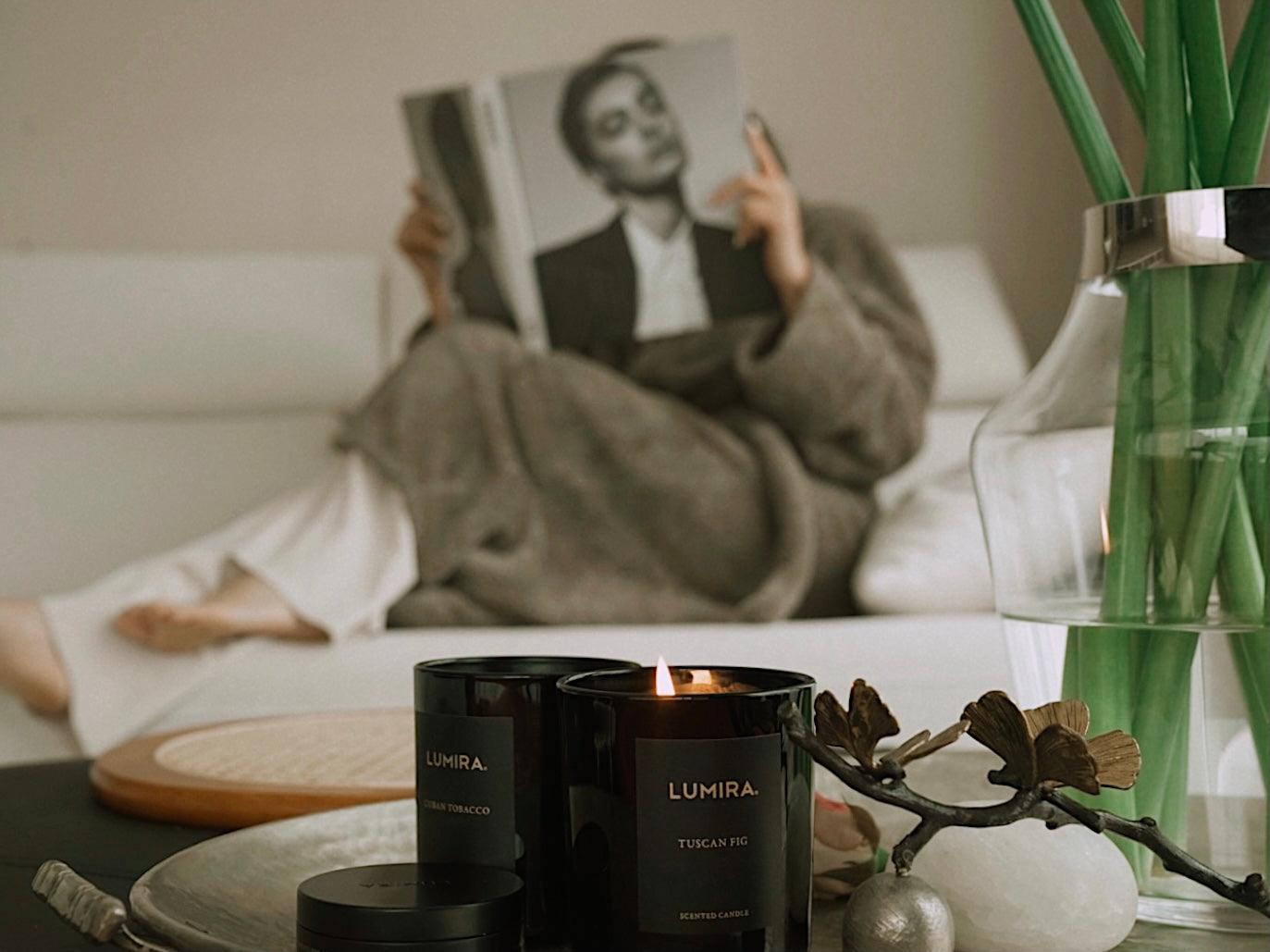3 significant moments in the history of perfume

Perfumed products – balms, oils, waters – have beguiled humans for millennia, elevating sacred rituals and bringing moments of delight to the everyday. In honour of the upcoming National Fragrance Day on March 21, we take a look at some of the pivotal moments in the evolution of perfume, from ancient times to our current moment.
Ancient: Daub like an Egyptian
Some of the earliest uses of perfume date back 4000 years to ancient Egypt, Cyprus, Mesopotamia and India. They usually took the form of oils or oil-based balms scented with aromatic herbs and spices, such as cinnamon, myrrh and frankincense. At the time, perfume had a strong connection to ritual and a sense of the divine, and its use was documented in early Christian and Islamic culture.
It was the Persian and other Arab cultures who elevated early perfume-making to an artform, adding new spices, woods, flowers and animal-based ingredients such as musk and ambergris (these are no longer used in perfumery).
Their incredible legacy can be felt even today, particularly in oud perfume oils and rose perfumes. Indeed, the earliest and most delicate rose waters were made possible by a new distilling method discovered by Persian philosopher Avicenna in the 10th century.
Discover it in: LUMIRA Arabian Oud Perfume Oil and Persian Rose Perfume Oil.

|
 |
Modern: The leather connection
While perfume has been used in ritual and romance for thousands of years, it was only in the late 15th and 16th centuries that it became part of daily life. The southern French town of Grasse was the birthplace of the modern-day perfume industry, but at the time, it wasn’t the flower-growing hotspot that it is today. Instead, it was a thriving centre for tanners, leather-workers, and glove-makers, one of whom had the clever idea of using scent to mask the vile odour of a freshly tanned pair of gloves.
He presented the scented gloves to Catherine de Medici, then the queen of France, and the fashion for a perfumed pair quickly spread. Some two hundred years later – around the mid-18th century – the court of Louis XV was nicknamed la cour parfumée (the perfumed court), so legendary was his love of scent.
To meet demand, Grasse stopped producing leather goods and turned its attention to growing the most intoxicating floral botanicals, including rose, jasmine and lavender.
Discover it in: LUMIRA Paradisium Eau de Parfum

Personal: Your unique story
The final stop in this brief history of perfume is your own personal store of memories and experiences. The connection between our sense of smell, our emotions and the way we process memory is so deeply entwined in the amygdala region of our brain that it’s almost impossible to separate them. As psychologist Rachel Herz notes in The Scent of Desire, “the ability to experience and express emotion grew directly out of our brain’s ability to process smell”.
This is why two people can have such different responses to the same scent – and why certain perfumes can immediately conjure a wave of memories that’s too powerful to ignore. It’s possible to approach this in a very deliberate way, using fragrance as a cue to imprint a happy time in your memory. By regularly wearing the same perfume on a holiday, for example, it becomes part of the holiday experience; a whiff of the scent in the future will instantly transport you to that joyful time and place.
Discover it in: LUMIRA Perfume Oils – the slim size and rollerball top makes them ideal for travelling and making new memories.

Written by Michelle Bateman





